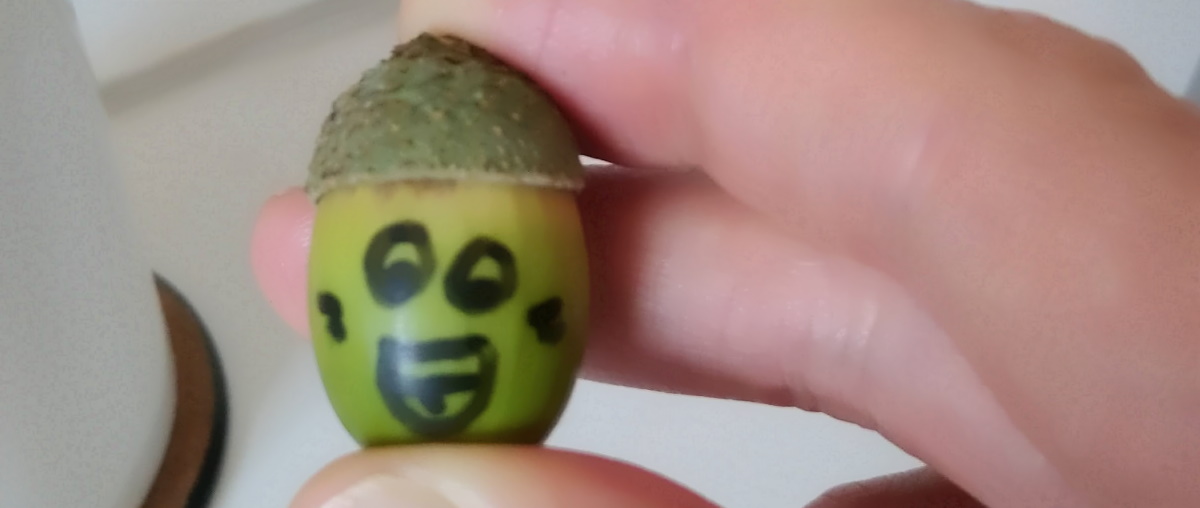When you come out the other side
Many people will be thankful if they are not looking at losses for their investments this year; the stock market, understandably, had been terrible for certain sectors in which had been shut down to limit transmission due to the pandemic.
And even for the businesses that had not, during the depths of the crisis, many stocks easily lost up to 30% of their value in March, compared to the start of this year.
How many people were able to sit through that period of losses, and to come out at the end of the year, potentially with some of the companies they invested being higher than they were at the start of the year?
The answer is ‘somewhat unlikely’ for a majority of people.
I can understand and attest to that myself. Not even 30%, let’s just say, 3 cents of a $2.48 stock, and that’s just a 1.2% change over the course of 3 days.
The company was Caltex Australia, and it was the first ever stock I’ve ever traded in my life, during the days where I had absolutely no idea what I was doing. If you look it up today, you won’t even find it on the ASX - think it was acquired or merged by another oil company.
The money at risk wasn’t massive, roughly $2,000. But it was a lot to me - that was 2 month’s worth of savings I had from my first full-time vocation as a software developer. I remembered obsessively looking at the ticker screen, while trying to pretend to work for that 3 days. The 2 nights in-between weren’t too great either - I couldn’t go to sleep thinking what happens if the stock goes down. So I sold it, at a loss of 3 cents a share. The logic goes, ‘if the stock doesn’t go up, I shouldn’t be buying it.'
The money’s with the sitting
If you looked at the price at 2019 (that’s the last I can find, if they are still the same company), the stock is at around $26, and paying a $0.50 dividend per year. That would be a 20% dividend return, at a 10x capital gain.
It would have been a rather decent return.
That said, it takes something to have the mental disposition to be able to sit with the ups-and-downs of holding onto a stock, and not to have your stomach churn if it whipsaws down by a substantial amount. If you had liquidated your position at a 30% loss, you would subsequently needed to make an gain of 51% to break even. That would be tough.
Would it have been possible to anticipate that in the midst of a yet-to-be concluded market pandemic, that stocks would move up past a 30% loss and shoot to an all-time high? Yes, but the probability didn’t seem all that high.
But yet it did.
Since the early years of being that panic-stricken investor who couldn’t hold a $25 loss, I am almost another person to become one who is able to hold a position indefinitely to a fault nowadays.
Since then, I have held on to another oil stock for a grand total of 19 years, seeing it go up 4x in price, before crashing down again due to the going (and future) tepid demand for oil, as well as stubbornly holding onto a few mining companies, a financial investment holding company that all eventually gone bankrupt, wiping out all my capital invested.
They were lessons, and I paid the fees, for sure.
It made me understand that even easy-to-dispense wisdom like ‘time in the market is better than timing the market’, ironically, does not stand up to the test of time itself.
Still, it has given me a healthy appreciation, that volatility in a stock investment is the norm, not the exception, and it is also through this volatility that one is able to make a meaningful return from the uncertainty.
My largest position
During the downturn in March, my largest holding was at a 42% loss, and while it certainly sounds depressing, it didn’t actually affect me too much mentally. I frown and kept-second guessing myself each time I read the monthly statement for sure, but I knew it was intrinsically undervalued as well; the cash-flow was healthy, and things should get back to normal when the pandemic has passed.
But what I didn’t anticipate, was that the company started to double its profits because of COVID-19, which led to a massive jump in the stock price, moving it from being 1/4 to 1/3 of my current portfolio.
Would I have gotten such an outsized return if I hadn’t sat on the massive losses?
No.
Was I prescient?
No.
The only thing that kept me there was safety. Safety in the sense that the company is doing well, had and continues to have a good cash-flow, as well as providing an excellent dividend return. Even if there isn’t a meaningful stock price appreciation, I will still be able to profit from it. That made me sleep well, even if the prices were topsy-turvy for a long time.
In the middle of the March panic, I actually liquidated some of my other stocks, moved some of my un-utilised money and bought more. The ones bought at those bargain basement prices, are currently sitting at a 100% gain, providing me with a further margin of safety.
I’m not a risk taker, but I do see an opportunity when it comes. The only reason that I can be comfortable in making such a move, is purely because I had determined that the company is sound. Therefore, it is a calculated risk/opportunity move.
But COVID-resilience wasn’t a thing I factored into the business, so that is a surprise that I had missed. I can only be thankful that the surprise is on the upside this time.
Mock-Interviewer for Womanfriend
Of the jobs I had to do as a Manfriend, it is to be the non-subject-matter-expert-pretend-interviewer for her mock interview.
When you don’t have any expertise on what someone is doing, all you can do is bike-shedding. I don’t know what she took away from my interview process, but she certainly isn’t pleased about my feedback!
Word of advice: don’t think of trying to be a stand-in interviewer when your significant other asks - it’s a fine line between being insincere and being critical (and having the critical potential of being sent to the doghouse. ;)



